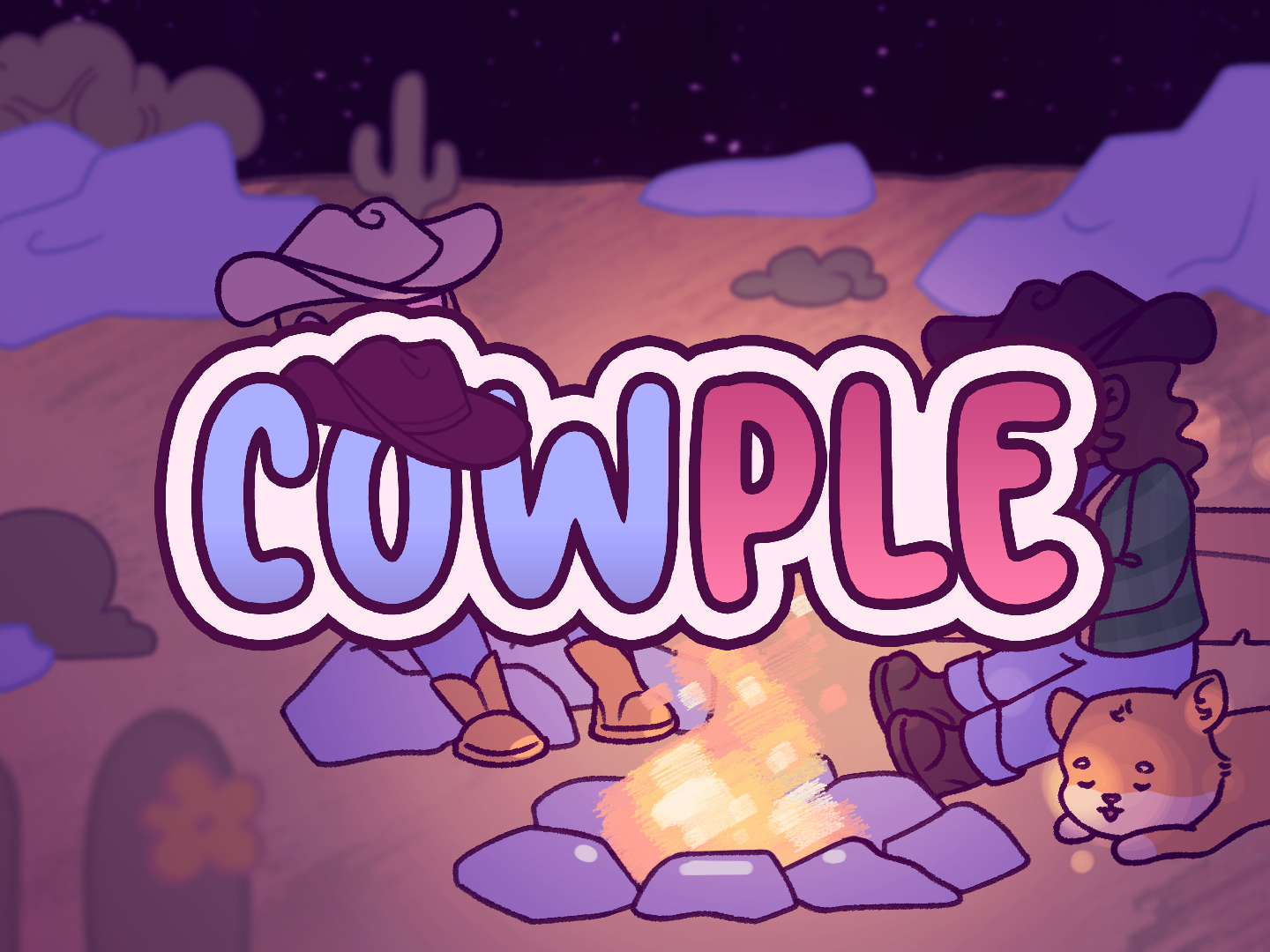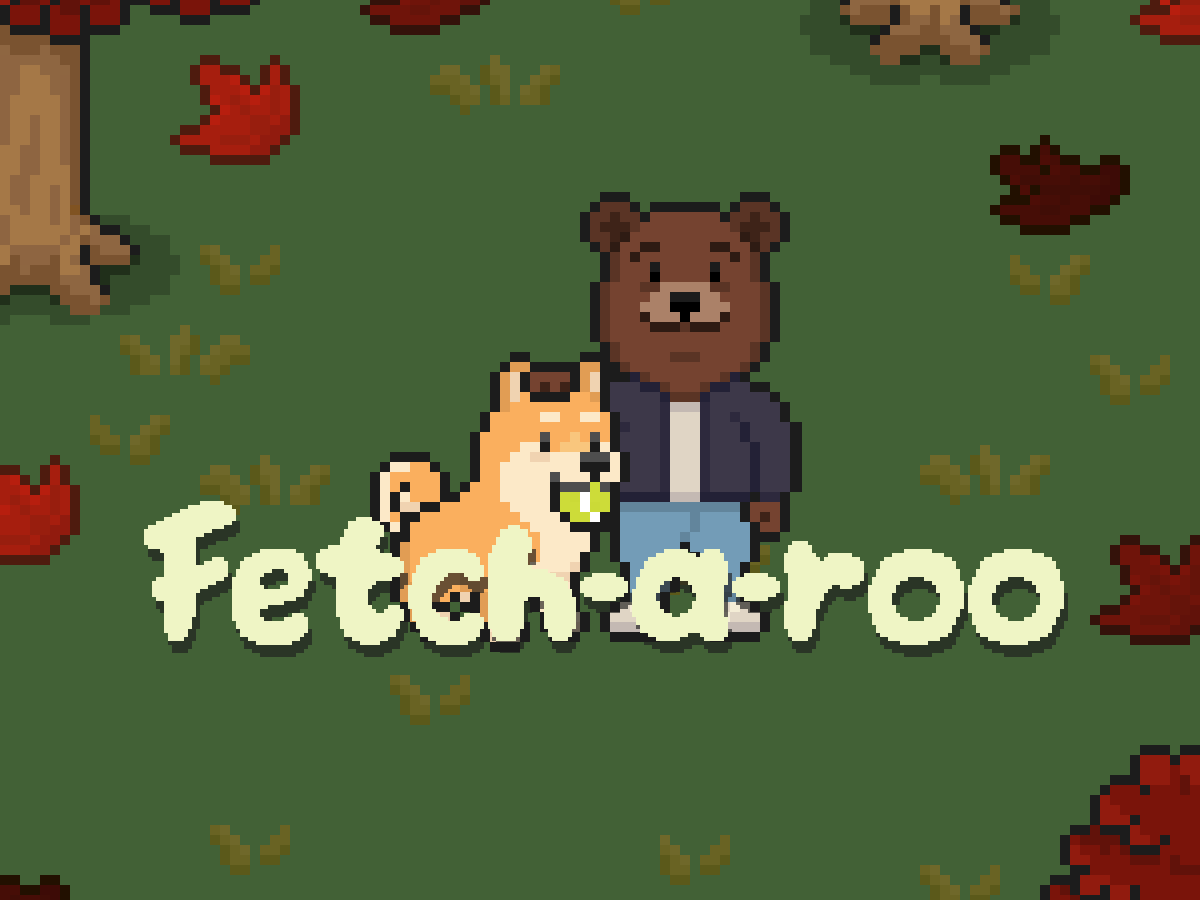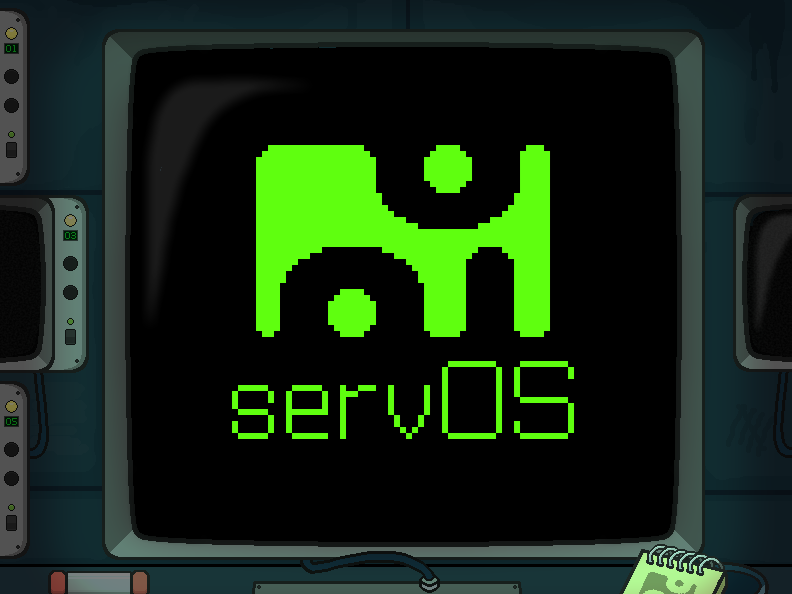Summary
"Child’s Play" is a narrative-driven card game designed around social discovery and hidden consequences. While exploring a village you start uncovering fragments of a mystery while playing a simple card game.
"Child’s Play" is a narrative-driven card game designed around social discovery and hidden consequences. While exploring a village you start uncovering fragments of a mystery while playing a simple card game.
Genre: Card Game
Engine: Godot
Team Size: 2
Platform: PC
Engine: Godot
Team Size: 2
Platform: PC
Contributions
Game Design
Designed card game system
Created responsive card interactions
Designed opponent AI
Defined game art direction
Narrative Design
Created 30+ characters with unique dialogue and personalities
Wrote branching dialogue tied to card results (win, lose, draw)
Designed mystery structure and different endings
Programming
Implemented card logic, dialogue branching, and ending conditions
Built UI systems for card play, character interactions, and results feedback
Art & VFX
Produced particle effects, transitions, and polish for card interactions
Designed UI elements and in-game feedback systems
Collaborated on visual identity
Inside the Process
Designing a Strategic Card Loop
When I first started, I kept thinking how do I make this card game different from just rock-paper-scissors. I tested it on paper, and at first it felt too random, too much about luck. I wanted the player to feel like they could pick up on patterns and actually outsmart the opponent. That is when I added the buff card and the three life system. It turned into a best of three structure, and suddenly it was not just luck anymore, it had a layer of strategy that felt fun to watch in playtests.
Making the Game Feel Alive
Once the rules made sense, my focus shifted to how it actually felt to play. I did not want it to feel flat, so I asked myself what makes a card game satisfying. I looked at references, tested small details, and started adding instant feedback. Cards snapping into place, quick animations, results that popped. It was about making a simple system feel juicy and alive.
Designing the AI to "Think"
The AI was a whole different challenge. My first version was a mess, the opponent had no sense of the rules. So I started adding weights and logic, looking at the last card played, current health, and situational choices. With playtests I kept tweaking those weights until the AI started to feel human, making the occasional mistake but also punishing predictable moves. That was the moment when matches began to feel tense and believable.
Friendly Aesthetic with a Dark Twist
For the art I wanted something colorful and friendly. Pixel art felt right, like a callback to 8 bit games, and the medieval style gave it personality. The bright palette was intentional, a way to make the player feel comfortable before the darker themes crept in.
Designing Narrative
On the narrative side, I kept telling myself the characters needed to matter. I wrote more than thirty of them, each with their own personality, and tied their dialogue directly to the outcome of each round. Win, lose, or draw, the story reacted. The mystery structure came from layering those characters and their responses, and it gave me room to create different endings. That part was about agency, letting the player feel like their choices in cards and in dialogue shaped how the story closed.






